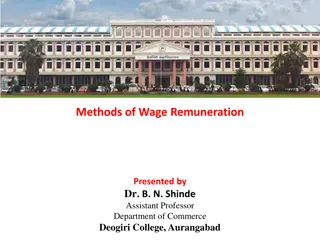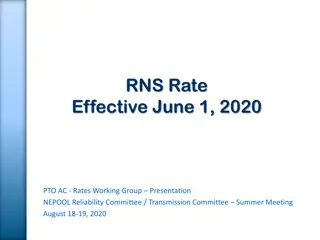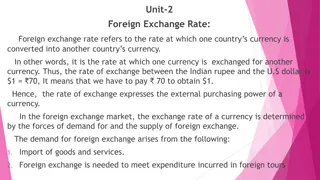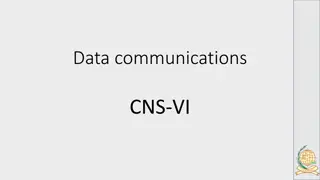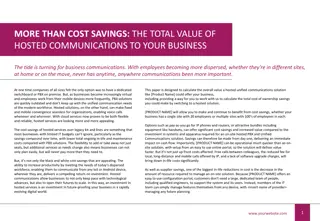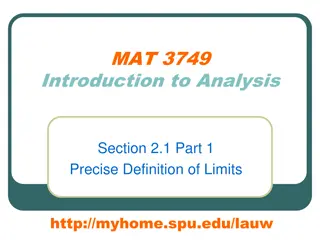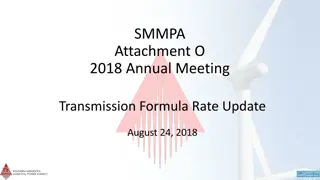Understanding Data Rate Limits in Data Communications
Data rate limits in data communications are crucial for determining how fast data can be transmitted over a channel. Factors such as available bandwidth, signal levels, and channel quality influence data rate. Nyquist and Shannon's theoretical formulas help calculate data rate for noiseless and noisy channels. Nyquist theorem provides insights into calculating the maximum bit rate for noiseless channels based on bandwidth and signal levels. Examples illustrate how to calculate maximum bit rate for different scenarios.
Download Presentation

Please find below an Image/Link to download the presentation.
The content on the website is provided AS IS for your information and personal use only. It may not be sold, licensed, or shared on other websites without obtaining consent from the author. Download presentation by click this link. If you encounter any issues during the download, it is possible that the publisher has removed the file from their server.
E N D
Presentation Transcript
Information Technology (IT) Information Technology (IT) (Part 3) (Part 3) Data Rate & Performance Evaluation Data Rate & Performance Evaluation Prepared By Assist. Prof. Dr. Mahmood Z. A. Ali 2021-2022
3. DATA RATE LIMITS A very important consideration in data communications is how fast we can send data, in bits per second, over a channel. Data rate depends on three factors: 1. The bandwidth available 2. The level of the signals 3. The quality of the channel (the level of noise) Two theoretical formulas were developed to calculate the data rate, one by Nyquist for a noiseless channel, another by Shannon for noisy channel.
3.1 Noiseless Channel: Nyquist Bit Rate Nyquist gives the upper bound for the bit rate of a transmission system by calculating the bit rate directly from the number of bits in a symbol (or signal levels) and the bandwidth of the system. Nyquist theorem states that for a noiseless channel: C = 2 B log22n = 2 B log2 L Where: C= capacity in bps B = bandwidth in Hz 3.3
Example 1: Consider a noiseless channel with a bandwidth of 3000 Hz transmitting a signal with two signal levels. The maximum bit rate can be calculated as Example 2: Consider the same noiseless channel transmitting a signal with four signal levels (for each level, we send 2 bits). The maximum bit rate can be calculated as






